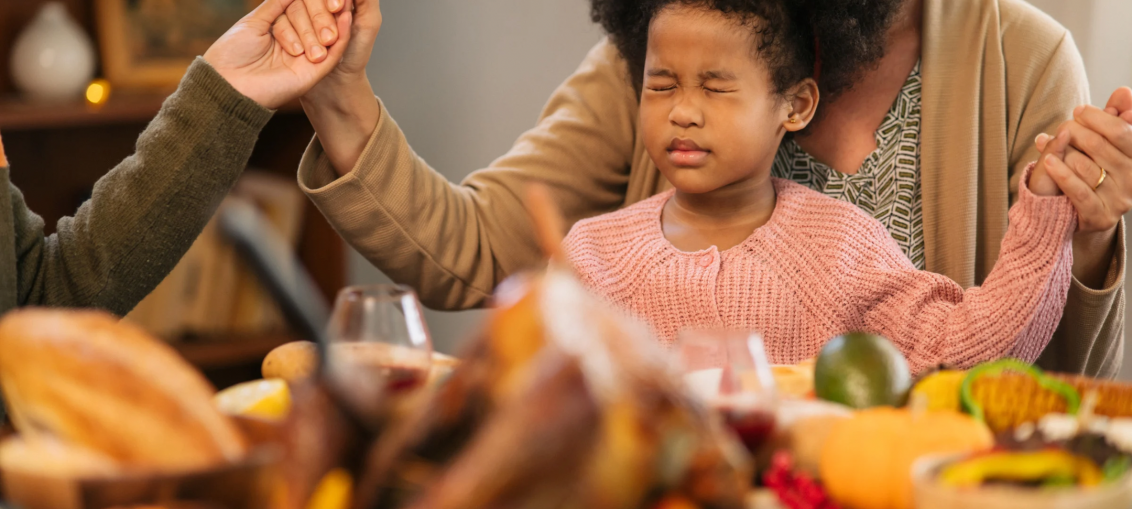
Next week, families will gather around tables warmed by the familiar smells of nutmeg, Mom’s famous collard greens, and your favorite aunt’s sweet potato pie that only she can make. In many homes, it is the matriarch who is up early, apron tied, hair wrapped, humming to herself as she stirs, seasons, and checks the oven for the fifth time. Some families will travel from afar. Others will only go a few miles because they are already home.
When we think of Thanksgiving, we envision a table full of food and loved ones. Whether the dishes are spread across the table or set up buffet style in the kitchen, everyone eventually finds their way to the same place. Kids crowd around the kids’ table, tapping their feet and laughing. Adults pause long enough to pray, share gratitude for the year’s blessings, laugh at stories they have all heard before, or even disagree a little. It is a rhythm many of us have known for years.
But Thanksgiving does not feel the same for everyone.
For some, it is the gathering they look forward to all year.
For others, it is a season they quietly brace for because “home” is not peaceful or because something has changed. A loss. A move. A relationship shift. A new reality no one planned for.
Even still, as mothers and nurturers, our hearts often share a common thread.
We are trying to build legacies that live beyond us.
I once read that legacy is not what you leave for your children, but what you leave in them. And that truth lingers with me. The table we are building, whether filled with homemade dishes or store-bought shortcuts, is more than a place to sit and eat. It is a reflection of what we are pouring into our children. What we are placing in their hearts. What they will carry with them long after the chairs are pushed in and the dishes are cleared.
So as we head into this season, here are four ways we are building tables for generations to come.
1. Build through presence, not perfection.
Think of that moment when your child tugs your sleeve mid-stir and asks you to taste something or tell them a story. Their memory will not hold onto the burnt edges of the rolls. It will hold onto the softness of your voice, the warmth of your hug, and the way you turned toward them instead of the sink.
2. Make room for their voices.
Let them share what they are thankful for in their own words, the silly, the simple, and the sacred. When they tell stories at the table, watch their eyes light up. That is legacy forming in real time. The table becomes a classroom where confidence, empathy, and faith are shaped.
3. Honor your own boundaries.
You do not have to do everything. And your children need to see that. When you choose rest over rushing or say no to what drains you, you are teaching them to value emotional safety and well-being. You are modeling how to build a future home grounded in peace, not pressure.
4. Create traditions with purpose.
Maybe it is a family prayer, a gratitude jar, a storytelling moment, or a simple walk after dinner. These are not just activities. They are anchors. Years from now, your children will not remember every dish on the menu (or maybe they will), but they will remember how they felt, what they learned, and the love that covered your home like a blanket.
